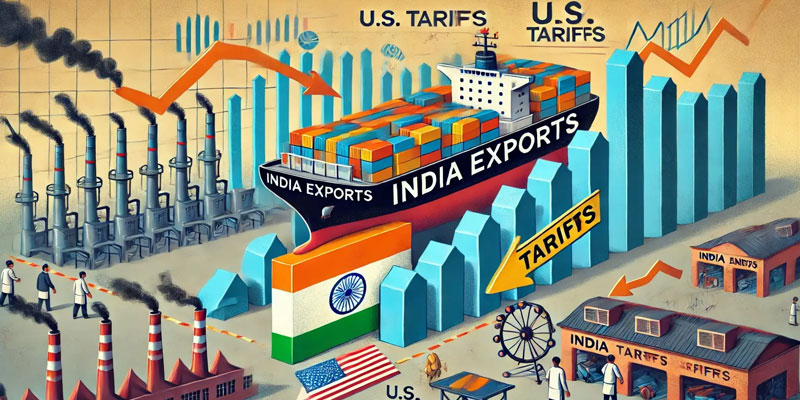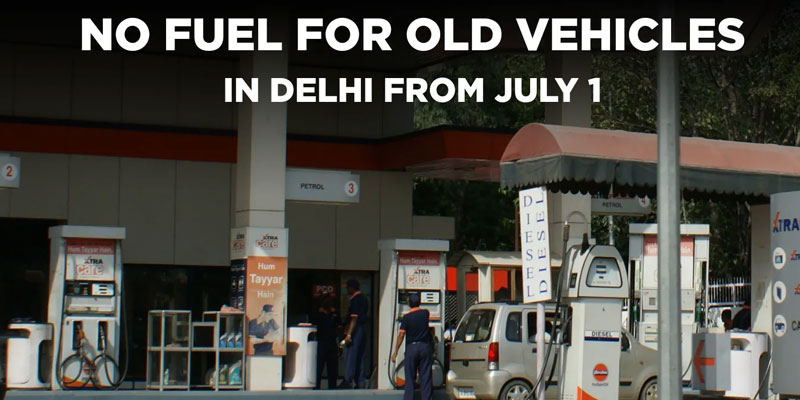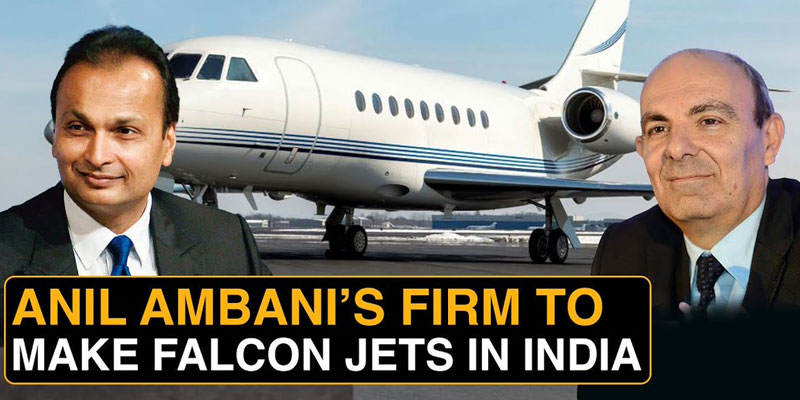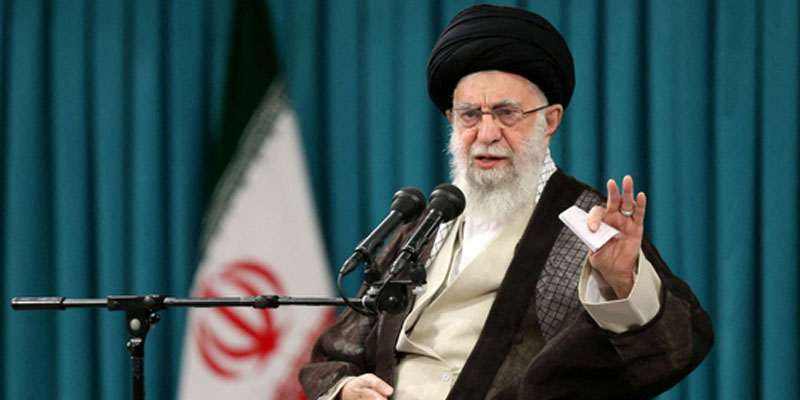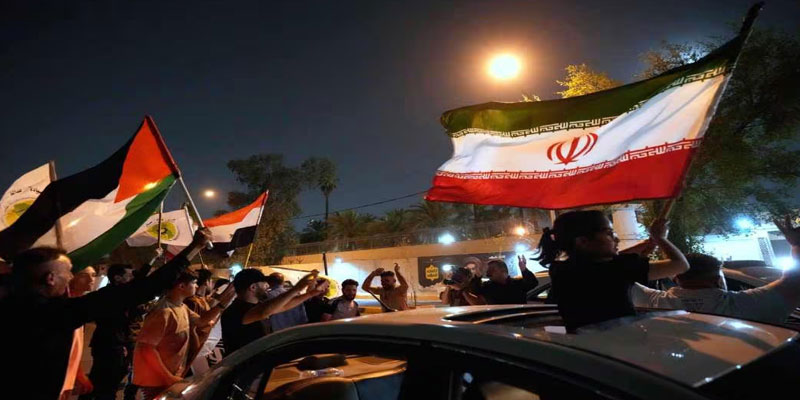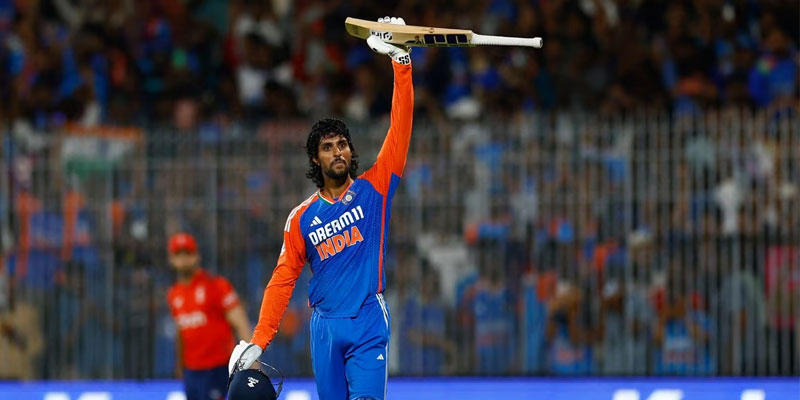Trump Draws the Line on Apple and Indian Manufacturing
US President Donald Trump has stirred a new wave of speculation in global trade circles by asserting that he has asked Apple CEO Tim Cook not to expand the tech giant’s manufacturing footprint in India—unless it’s intended solely for the Indian market. Speaking at a business roundtable during his visit to Doha, Trump claimed that India has offered to eliminate tariffs on American goods in an effort to forge a fresh trade agreement with Washington.
“It’s very hard to sell into India… they’re willing to literally charge us no tariff,” Trump was quoted as saying.
This remark, unacknowledged so far by New Delhi, arrives amid sensitive negotiations between the two nations and adds another layer of complexity to the India-US trade narrative.
Why Trump’s Comments Matter
Trump’s remarks carry significance on several fronts—economically, diplomatically, and strategically. For one, the timing is crucial. Apple, facing mounting uncertainty in China, has accelerated plans to shift iPhone production to India, with intentions to manufacture a quarter of its global iPhones there within the next few years. Cook confirmed that a majority of iPhones sold in the US this quarter will be assembled in India—a first for the company.
But Trump’s comment appears to serve a dual purpose:
- Political signaling: By discouraging Apple from boosting Indian operations, Trump positions himself as defending US jobs and manufacturing interests.
- Trade leverage: The zero-tariff claim puts public pressure on India to make tangible concessions and could strengthen Trump’s negotiating hand.



